When I visited Paestum last summer, I expected to be dazzled by its famous Greek temples—and I definitely was. But what really caught me off guard were the painted tombs tucked away in a little necropolis just outside the main archaeological site.
These remarkable Lucanian tombs from the 4th century BC, with more than 200 discovered about a kilometer north of the city, reveal a vibrant and colorful side of ancient life that the stone temples just can’t show.
Wandering among these tombs, I felt like I’d stumbled into a world of ancient athletics, banquets, and hunting scenes. Professor Napoli discovered 109 individual tombs with 212 painted panels, giving us a rare glimpse into the daily lives and values of the people who once lived here.
The vivid colors and lively figures on these panels tell stories that add so much to what you see in the three well-preserved Greek temples built between 560 and 460 BC.
I spent hours going back and forth between the famous temples and these lesser-known painted tombs. Together, they build a much fuller picture of ancient life.
The athletic scenes especially caught my eye—wrestlers in mid-grapple, chariot races, and other competitions that really show how much physical skill mattered here.
If you’re planning a trip to Paestum, don’t just focus on the temples like I almost did—the painted tombs are just as fascinating and revealing.
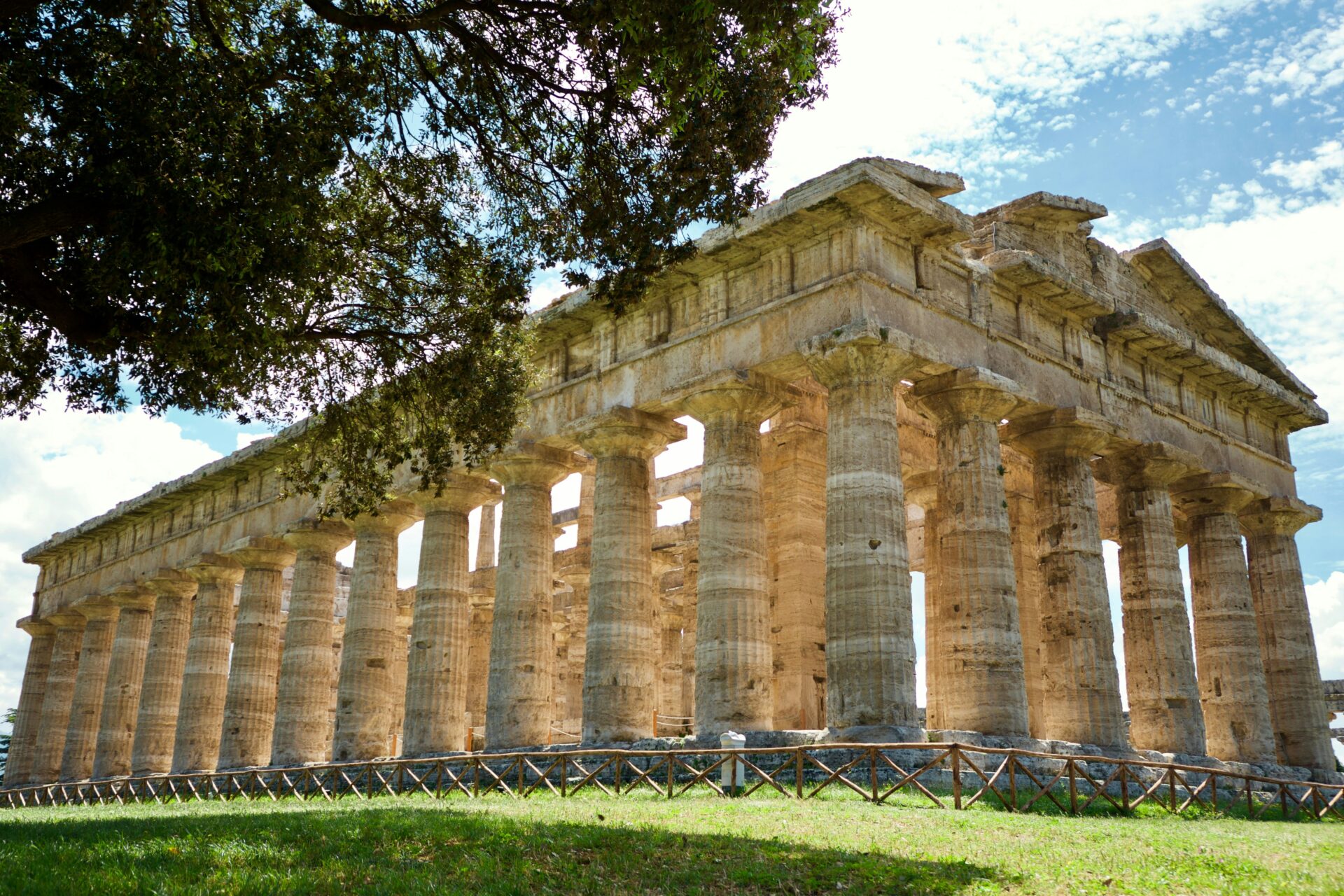
Exploring the Painted Tombs of Paestum
Just outside the old city walls, you’ll find one of Paestum’s most remarkable treasures: a necropolis with around 200 richly painted tombs from the Lucanian period.
These colorful burial chambers let us peek into the lives, beliefs, and artistic skills of the people who once called this place home.
Tomb of the Diver and Its Significance
The Tomb of the Diver stands out as Paestum’s most famous painted tomb, dating to about 470 BC. The ceiling panel, showing a young man diving into water, immediately struck me—a powerful image for the journey from life to death.
This tomb is unique because it’s the only known example of Greek painting from this era with figured scenes. The walls show a lively symposium, with men lounging on couches, drinking, and enjoying music.
During my visit, the guide explained how these paintings reveal a lot about Greek social customs and their ideas about the afterlife. The colors are still so vivid, even after almost 2,500 years—kind of amazing, honestly.
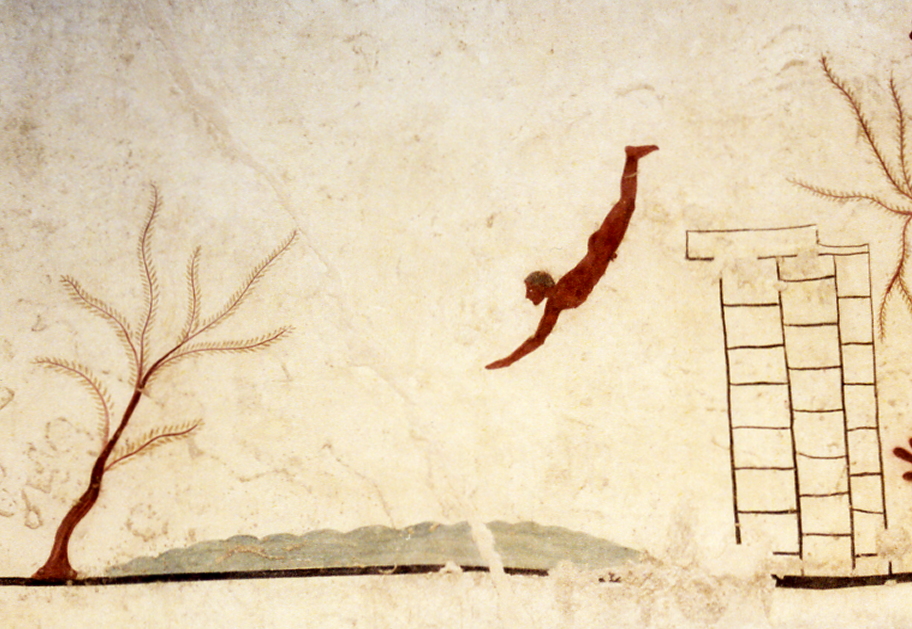
Rediscovering Lucani Burial Traditions
Most of Paestum’s painted tombs come from the Lucanian period (4th century BC), when the Lucanians took over the city after the Greeks. I spent a long time exploring these tombs, just soaking in their cultural meaning.
The Lucanians kept the tradition of painting tombs but added their own style and themes. Warriors take center stage, often returning from battle or competing in funeral games.
Women appear too, usually in scenes of mourning or home life. These images give us invaluable clues about gender roles and society back then.
What really surprised me? Many of these tombs only came to light recently—some were found during road construction in the 20th century. Every new discovery helps archaeologists piece together this ancient world.

Techniques Behind the Ancient Frescoes
The skill in these tomb paintings is honestly impressive. Artists had to work fast on fresh plaster to make true frescoes, so the pigments would bond as the plaster dried.
I learned that they used minerals for their colors—red from iron oxide, black from carbon, yellow from ochre, and white from lime. Even with a pretty limited palette, the art packs a punch.
What fascinated me even more was how artists prepared the tomb walls. They put on several layers of plaster, with the last layer super smooth for painting. That’s probably why the colors still look so good today.
During the tour, the archaeologist pointed out faint sketch lines under some scenes, showing how artists planned everything before adding color. Details like these just made me appreciate their craft even more.
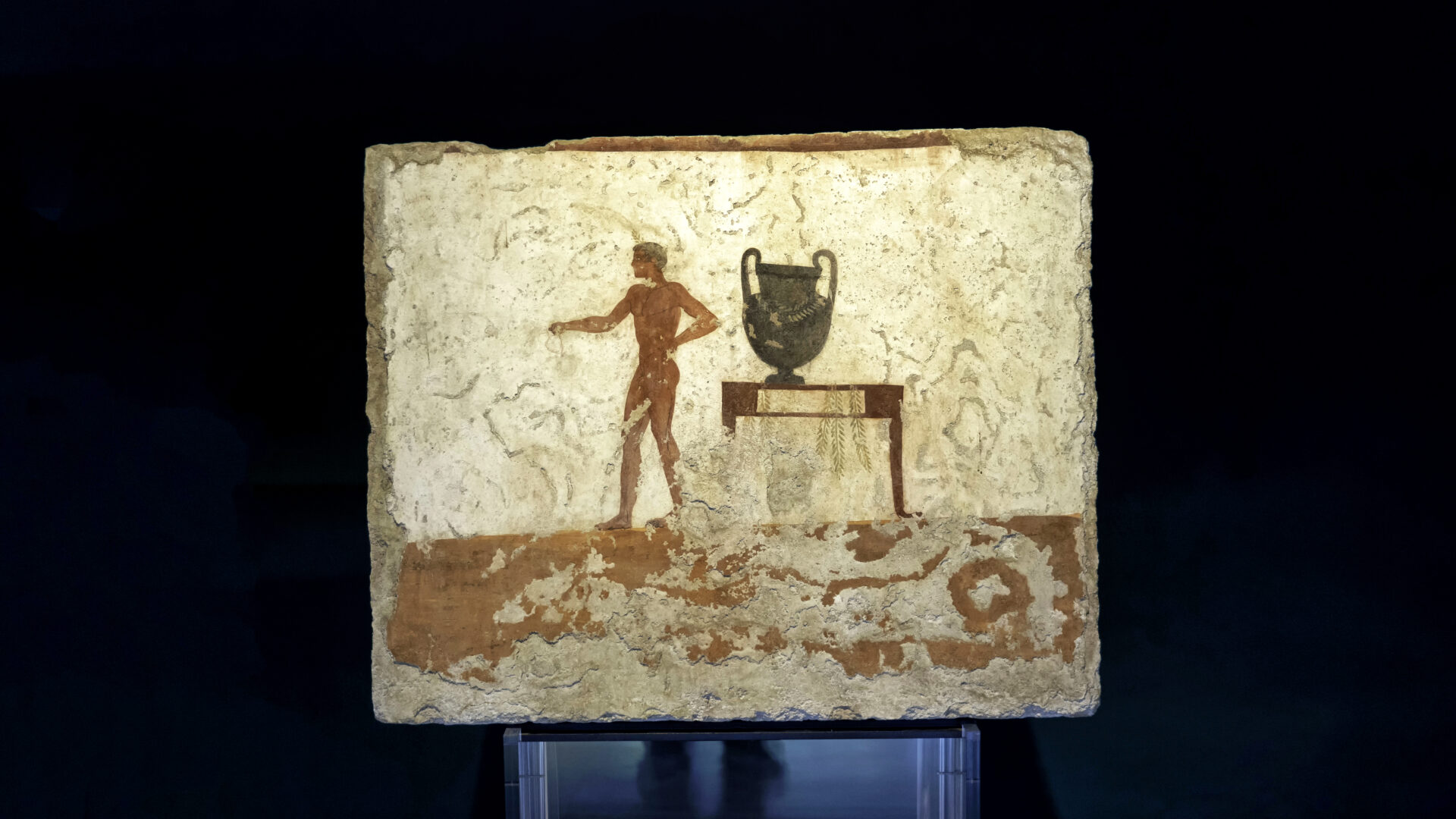
Ancient Athletics: Sporting Life Beyond the Temples
Athletic competition played a huge role in ancient Greek and Roman societies at Paestum. The sports scenes in the tomb art reveal a lot about daily life and what people valued, way beyond just religious rituals.
Depictions of Athletic Contests in Tomb Art
The painted tombs at Paestum give us rare peeks into athletic competitions that mattered so much back then. The Tomb of the Diver, from around 470 BCE, shows a young man mid-dive—a fresco that’s not just about strength but also grace.
As I wandered through the museum, I noticed lots of tomb paintings showing wrestling matches and foot races. These events weren’t just for fun—they connected to heroic ideals and even military training.
Painted scenes of spectators cheering on the athletes really grabbed my attention. Young men compete while older folks watch, showing how athletics brought generations together.
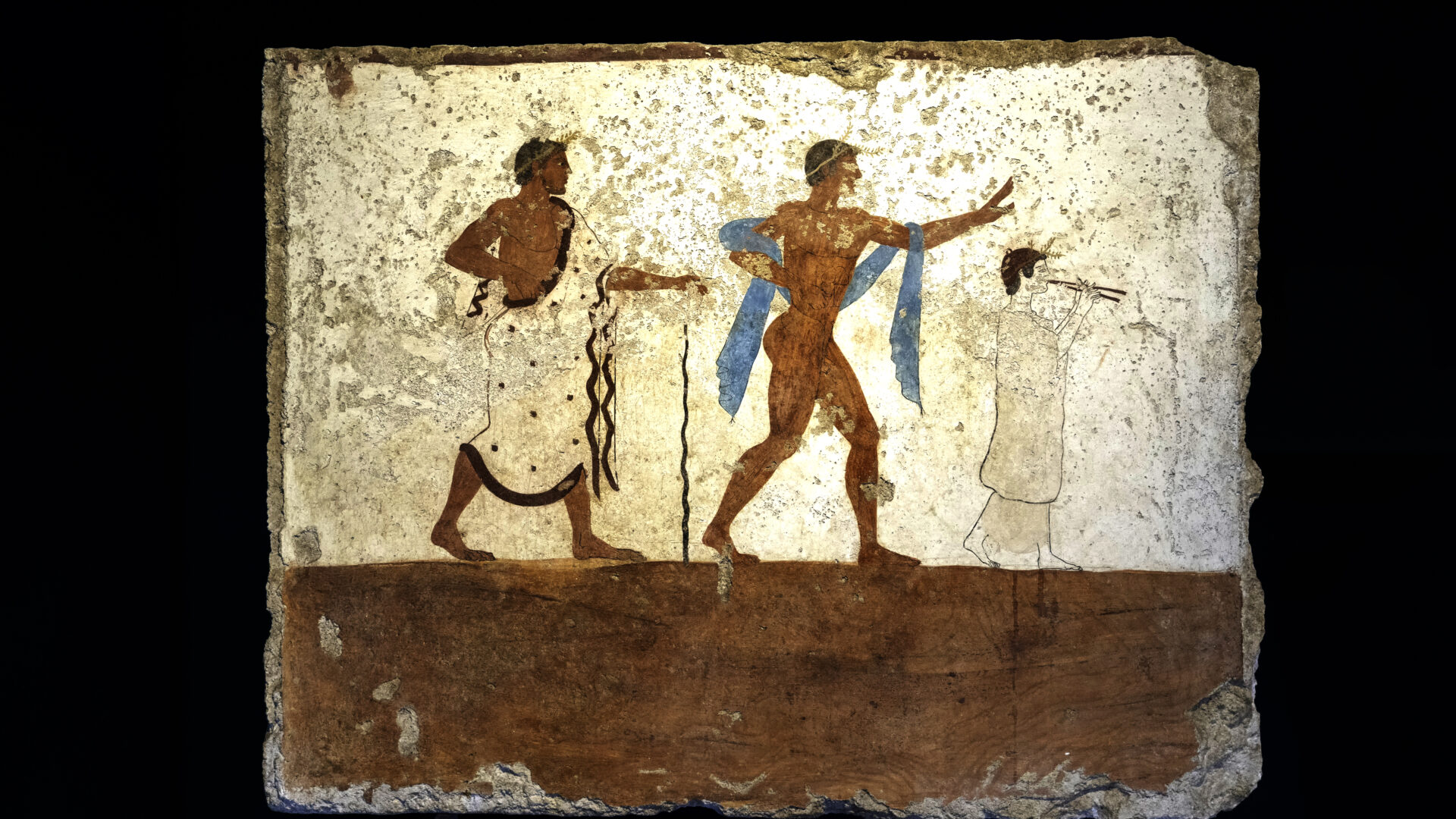
The Symposium: Athleticism and Celebration
Athletic victories didn’t just end at the finish line—they got celebrated at symposia, those famous drinking parties where physical achievement met social life.
The tomb paintings at Paestum show these gatherings as more than just wild parties. I spotted frescoes of victorious athletes reclining at symposia, their muscles still highlighted even as they relaxed.
Musicians play lyres, dancers perform, and everyone celebrates the achievements in style. The link between athletics and social status is pretty clear here.
In one fresco, a victorious athlete wears a wreath, and others raise their cups to him. Even the wine vessels (kylikes) found in tombs often show athletic scenes, tying together drinking culture and athletic glory in Paestum.
The Majestic Temples of Paestum
Walking through Paestum honestly feels like stepping into another era. The ancient Greek temples here are some of the best-preserved Doric buildings anywhere, dating from about 550 to 450 BCE.
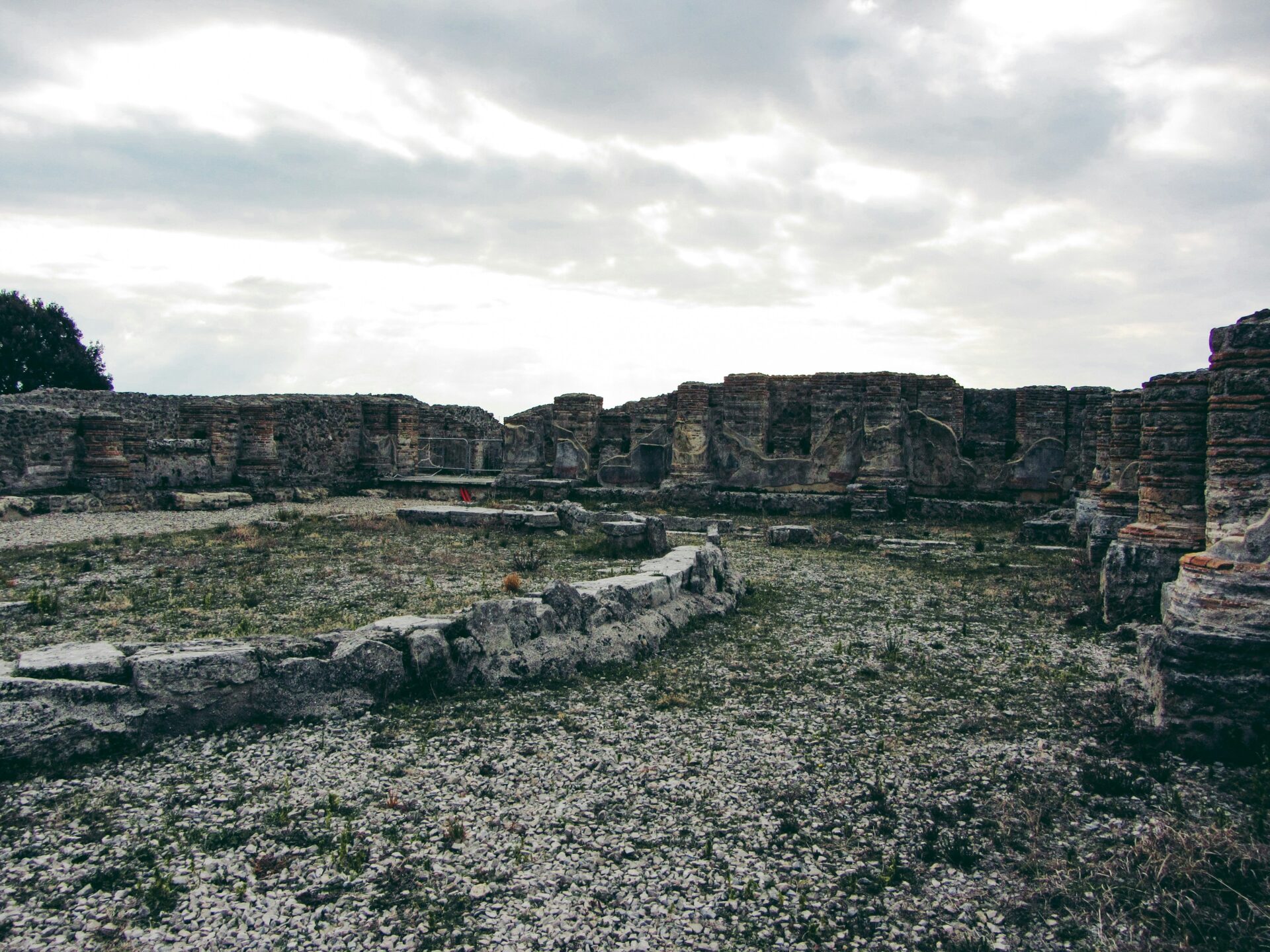
Temple of Hera: A Timeless Marvel
The Temple of Hera, or the Basilica, is the oldest temple at Paestum, built around 550 BCE. I immediately noticed its unusual look—it has nine columns across the front, instead of the usual six or eight you’d expect in Greek temples.
Those massive limestone columns glow golden at sunset. You can still spot tiny imperfections in the columns, which just makes the ancient craftsmanship feel more real.
Inside, I found remains of the altar where people made offerings to Hera, the goddess of marriage and women. The temple’s unusual width compared to its length gives it a distinctive look against the sky.
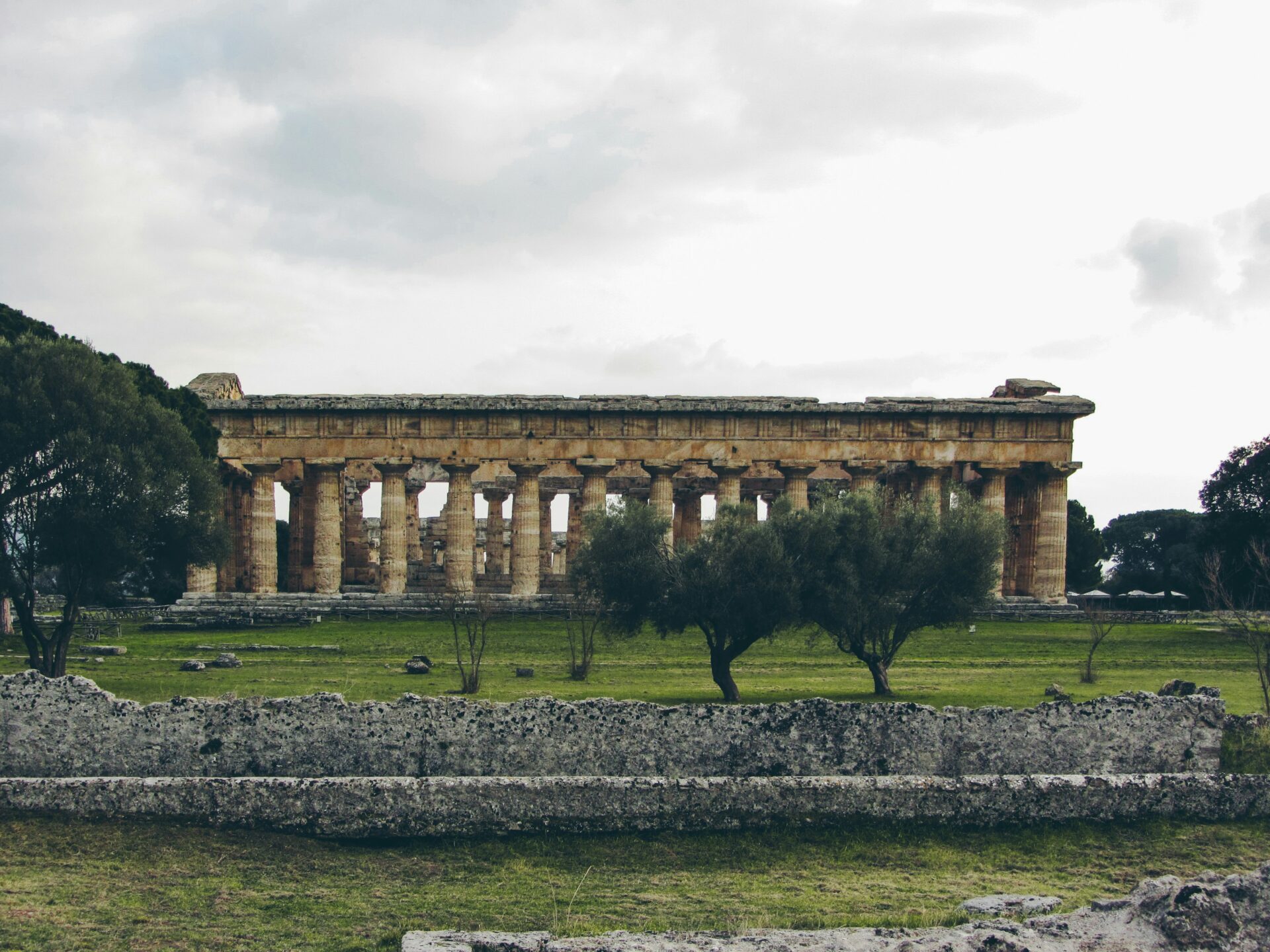
Temple of Athena and the Power of Ceres
The Temple of Athena (sometimes called the Temple of Ceres) sits on a little hill, making it look even more impressive. Built around 500 BCE, it’s smaller than Hera’s temple but feels perfectly balanced.
The Doric columns are more refined here. I could see how Greek architecture evolved, with more harmonious proportions than in the older temples.
Romans later rededicated this temple to Ceres, the goddess of agriculture. Standing at the eastern end, I could almost picture ancient worshippers gathering at dawn as the first sunlight hit the facade.
The pediment once held elaborate sculptures, telling stories of gods and heroes. Some fragments now live in the Archaeological Museum nearby, including those dramatic metopes with mythological scenes.
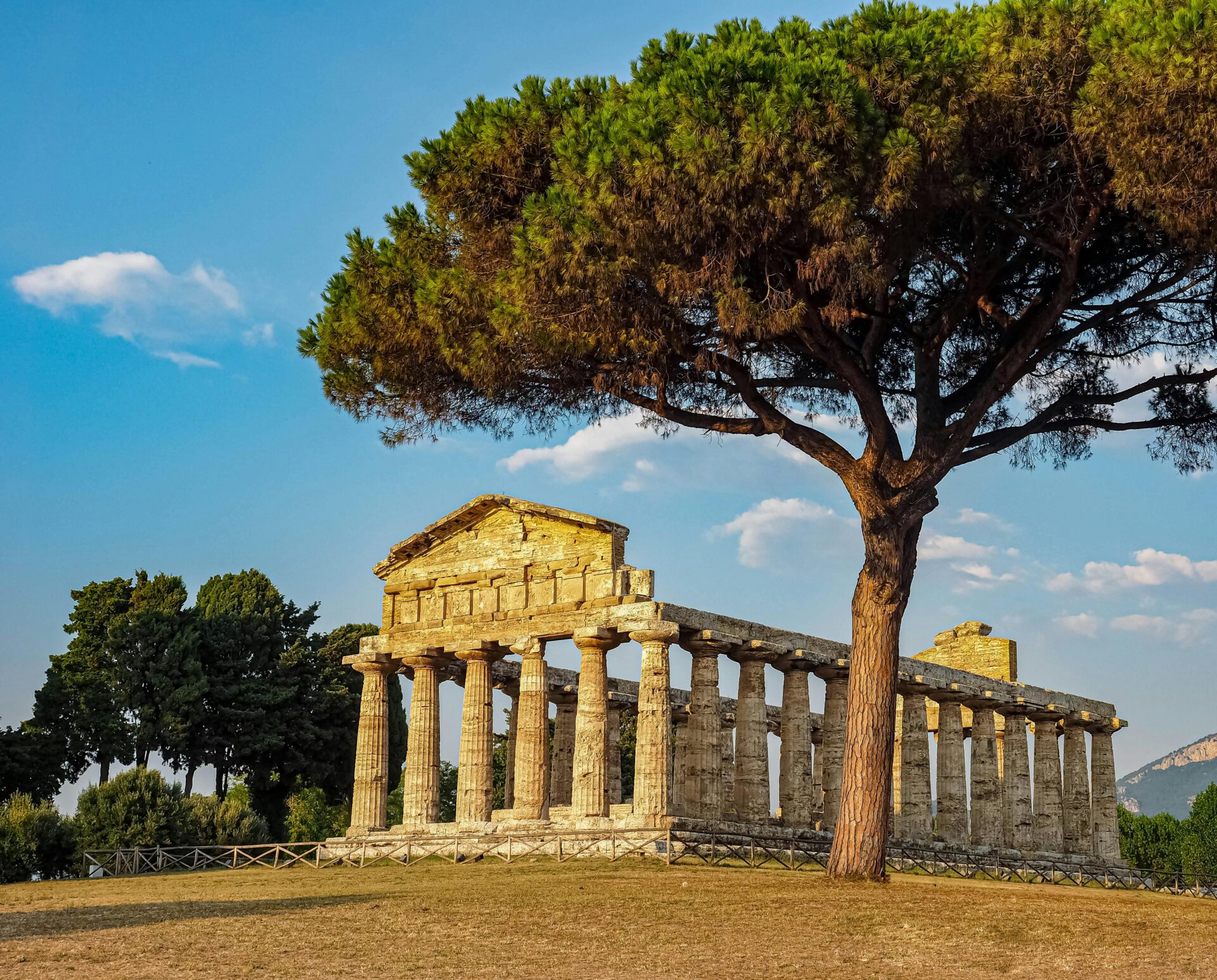
Archaeological Wonders and Museum Experiences
Paestum’s archaeological treasures go way beyond the temples. The museum is packed with amazing artifacts—paintings, sculptures, and everyday objects that bring the ancient city back to life.
The Museum of Paestum: A Gateway to the Past
I spent a whole morning in the Museo Archeologico Nazionale di Paestum, and honestly, it was time well spent. The museum sits right near the archaeological site, so it’s really convenient to see both.
Walking through the halls, I was struck by how well the museum puts the ruins in context. The collection includes finds from digs going all the way back to the 18th century.
The museum got a major renovation recently, so it feels modern but still respects the ancient pieces. I liked the clear exhibits and explanations in different languages.
What really got my attention were the personal items, tools, and household objects that made ancient life feel so much more real.
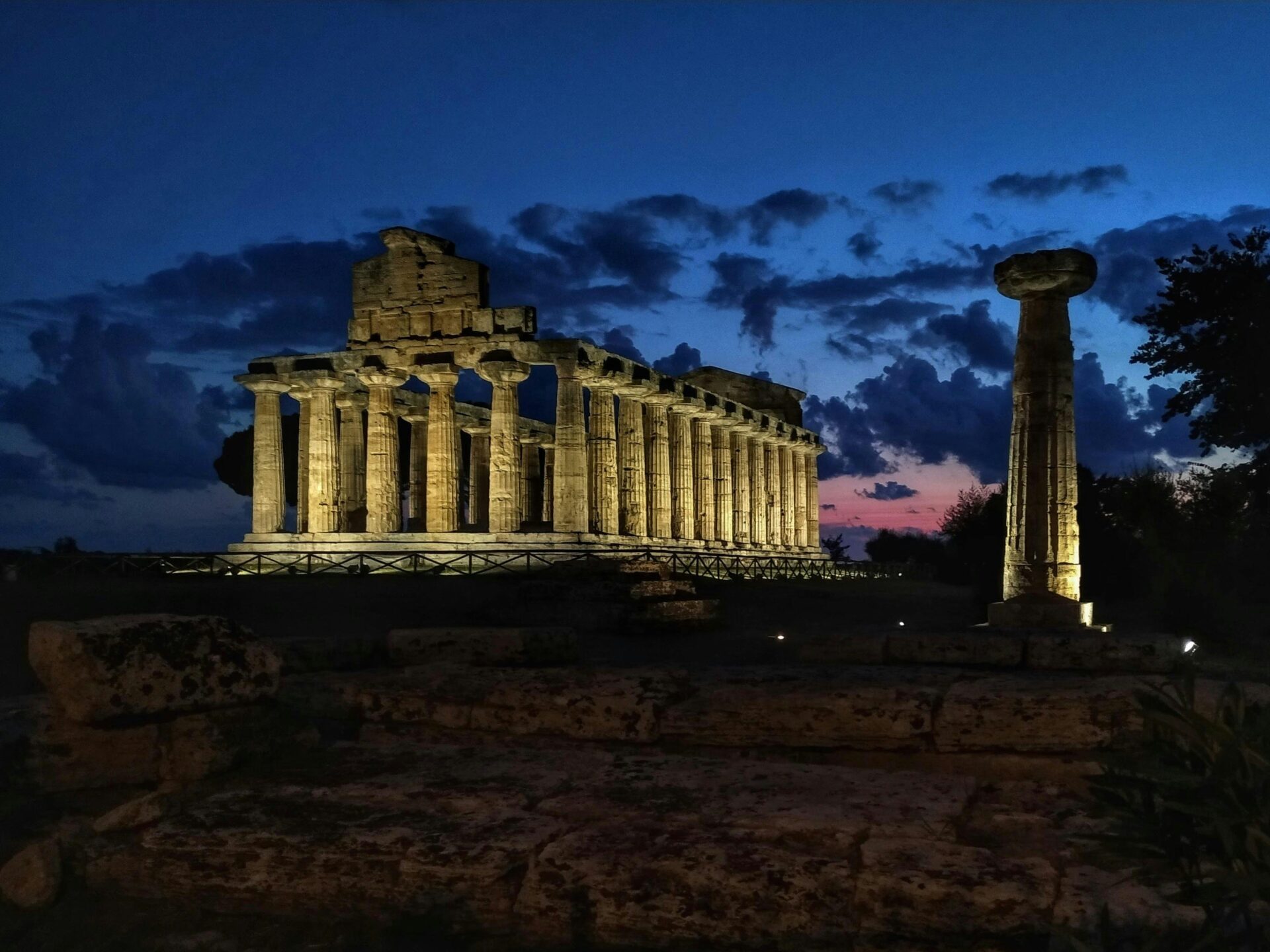
Metopes and Artifacts: Hidden Stories
The metopes from the Temple of Hera are some of the most impressive things in the museum. These carved stone panels tell stories of heroes and gods with incredible detail, even though they’re over 2,500 years old.
I loved the collection of painted ceramics showing daily life, religious rituals, and athletic contests. Each piece gives you a little window into Greek and Lucanian culture.
The bronze artifacts are just as impressive. Weapons, armor, and decorative items show off the metalworking skills of ancient artisans.
Some of my favorite things were the tiny personal objects—jewelry, combs, mirrors—that made me feel connected to people who lived here thousands of years ago.

Museo Archeologico Nazionale di Paestum Highlights
The absolute highlight of the museum is the Tomb of the Diver, found in 1968. This fifth-century BCE tomb features the only known Greek wall painting from this time.
Painted limestone slabs show a young man diving into water, symbolizing the passage from life to death. I spent a good half hour just staring at this incredible artifact.
The museum also has the Tomb of the Warrior, which shows a funeral procession with colors that are still surprisingly bright.
Don’t skip the display of votive offerings to Hera—tiny terracotta statues and miniature temples that show how people practiced their religion on a personal level.
The museum shop is worth a stop too, with great books about Paestum and high-quality artifact replicas that make for meaningful souvenirs.
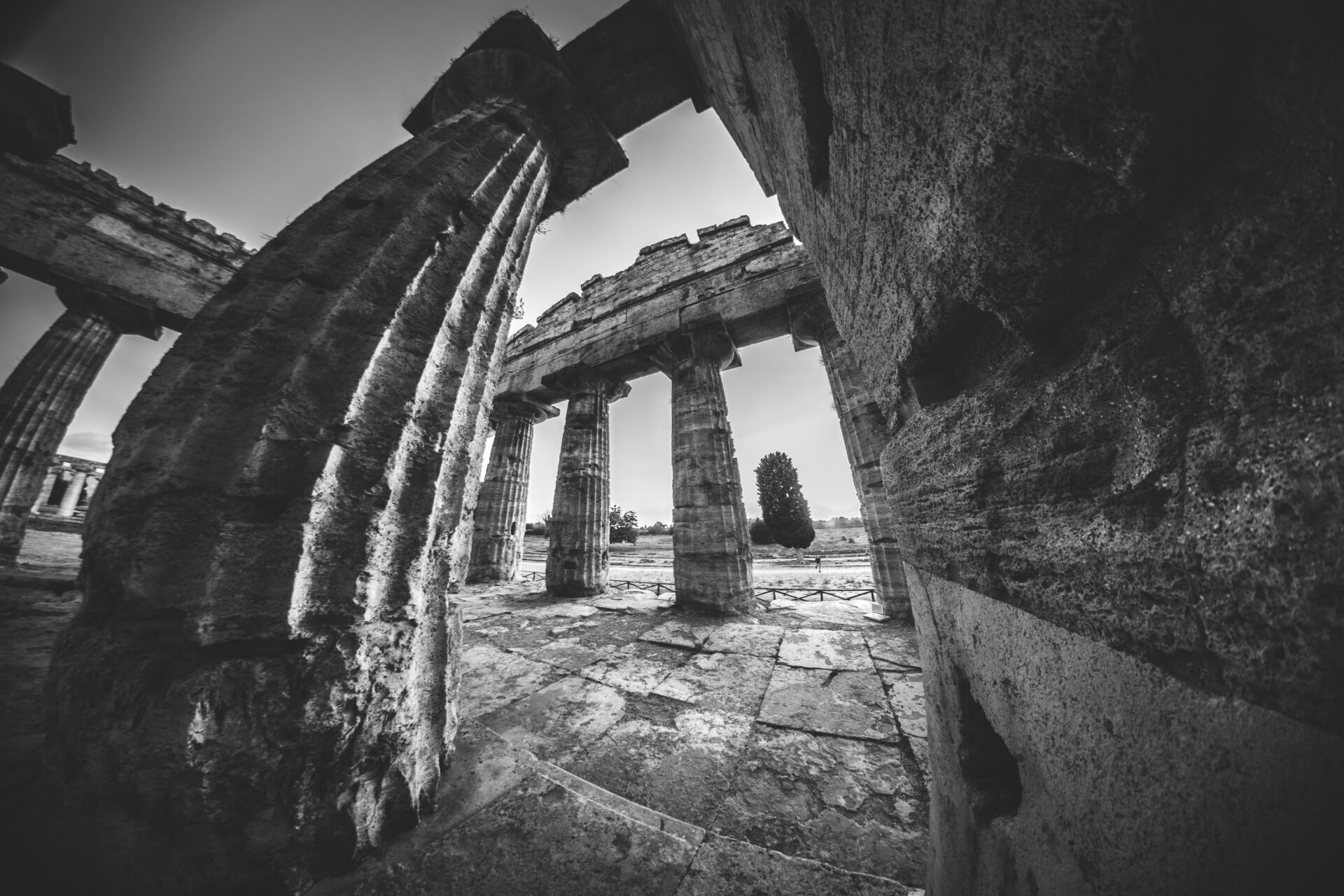
Practical Travel Guide: Paestum Today
Visiting Paestum has gotten easier and more rewarding lately. The site now has better signage and digital guides, so you can really appreciate both the famous temples and the lesser-known painted tombs.
Visiting the Temples and Painted Tombs
The archaeological park opens daily from 8:30 AM to 7:30 PM (last entry at 6:30 PM). I’d suggest arriving early to beat both the crowds and the heat, especially in summer.
Entry costs €12 for adults, with discounts for EU citizens under 25. Your ticket covers both the site and the museum, including the Tomb of the Diver.
I found the guided tours with archaeologists especially worthwhile—they really bring the ancient ruins to life in a way guidebooks just can’t. You can book these 2-hour tours online or at the visitor center for about €25 per person.
Don’t rush. The temples are stunning, but the forum and city grid are also worth exploring for a deeper look at daily Greek and Roman life.

Salerno and the Paestum Region
Salerno works great as a base for visiting Paestum—just 30 minutes south by regional train. I stayed in Salerno’s old center and found it charming and much less touristy than the Amalfi Coast.
Trains run regularly between Salerno and Paestum (€4 one-way), and the Paestum station is only a 10-minute walk from the site. If you’re driving, there’s plenty of parking near the entrance.
The area around Paestum has beautiful, uncrowded beaches. After a day exploring ruins, I loved relaxing on the sandy beaches just 15 minutes’ walk from the park.
You have to try the local buffalo mozzarella. Several nearby farms offer tours where you can watch the cheese being made and taste it fresh—it’s honestly on a whole different level from what you get at home.
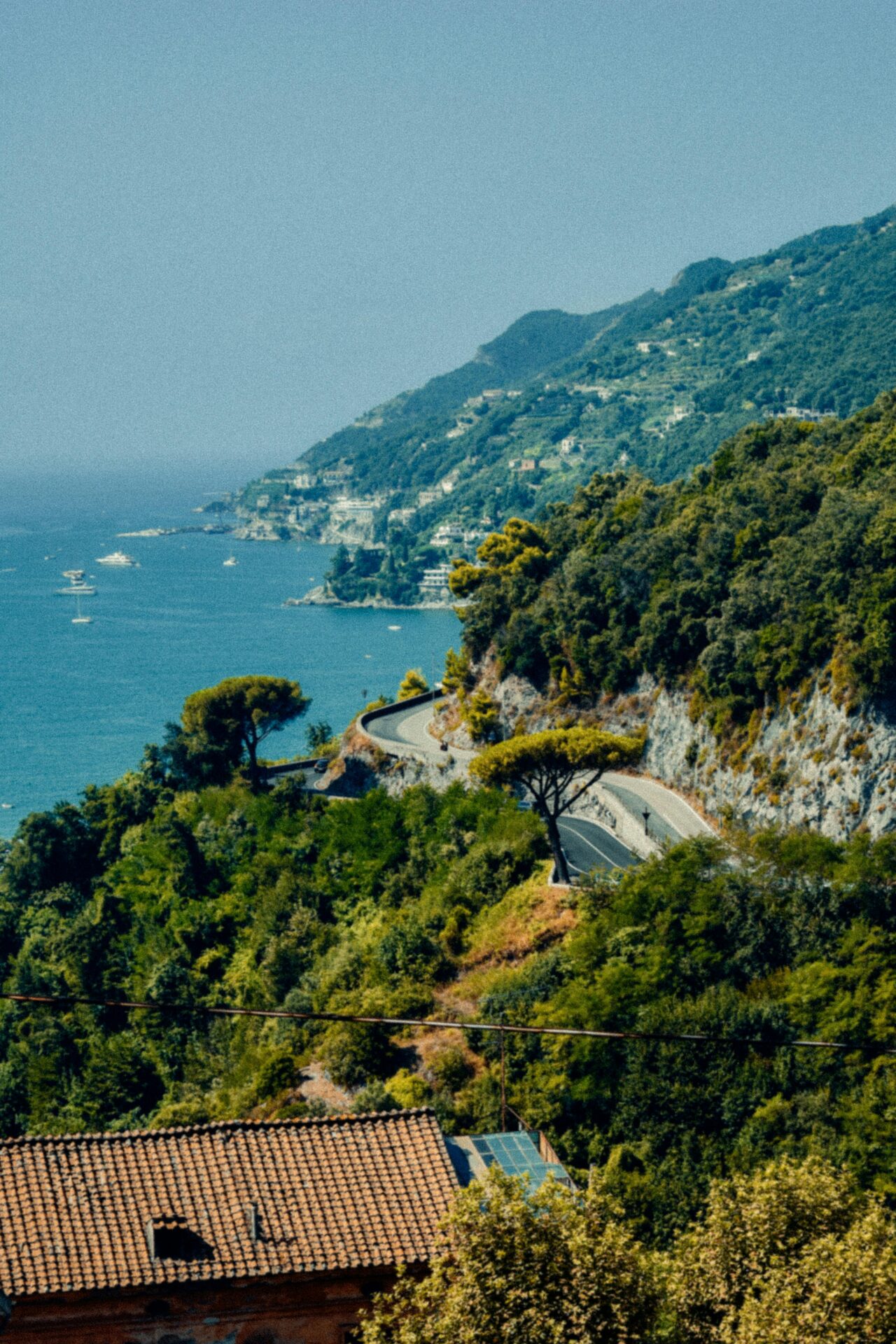
Capturing the Sights: Photos, Panoramas, and Videos
You can take photos throughout the site and museum, but you’ll need special permission for tripods. The morning light makes the temples glow—perfect for photos.
For the best 360° panoramic shots, I’d head to the northeast corner of the park. From there, you can fit all three temples into one sweeping view.
If you’re into video, try capturing the contrast between the weathered stone and the deep blue Mediterranean sky. The open space makes it easy to get dramatic wide shots without too many people in the frame.
Inside the museum, you can photograph the painted tombs as long as you don’t use flash. The Tomb of the Diver’s swimming figure makes for some really striking close-ups—hard to believe that color is 2,500 years old.

